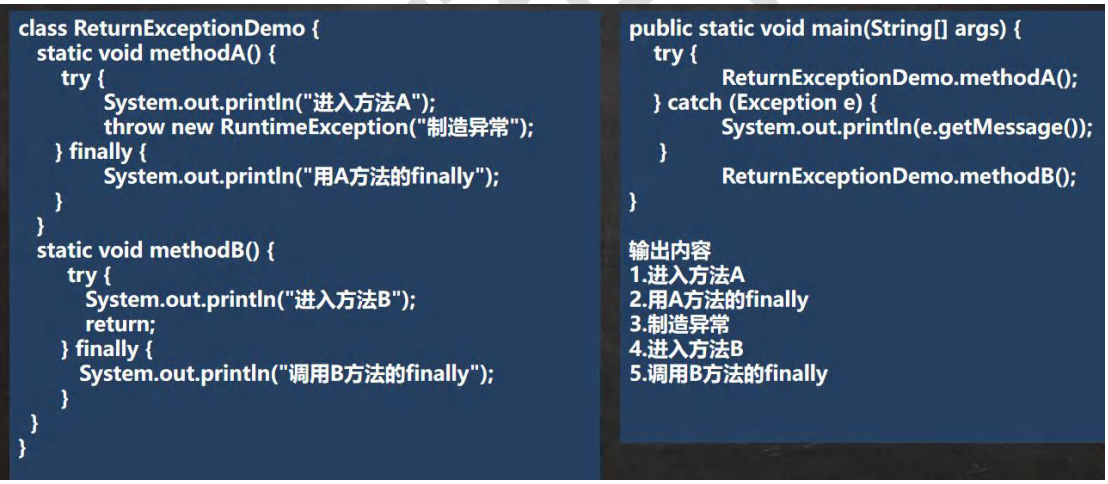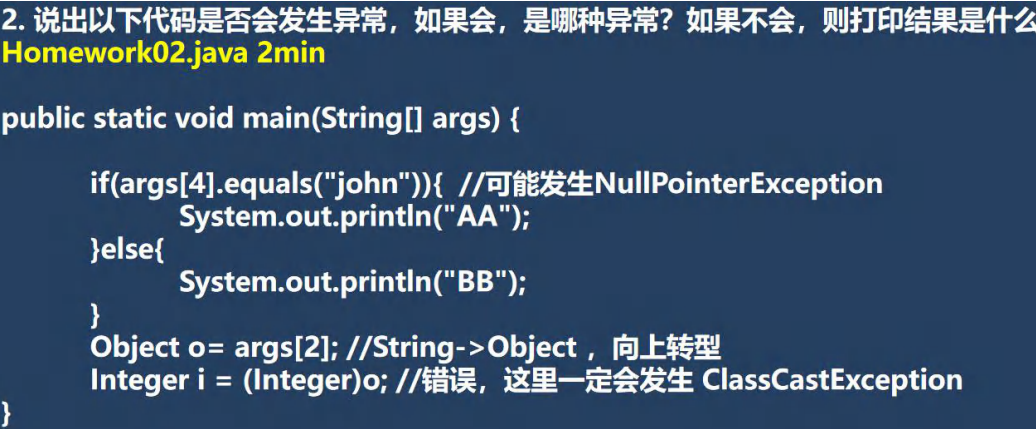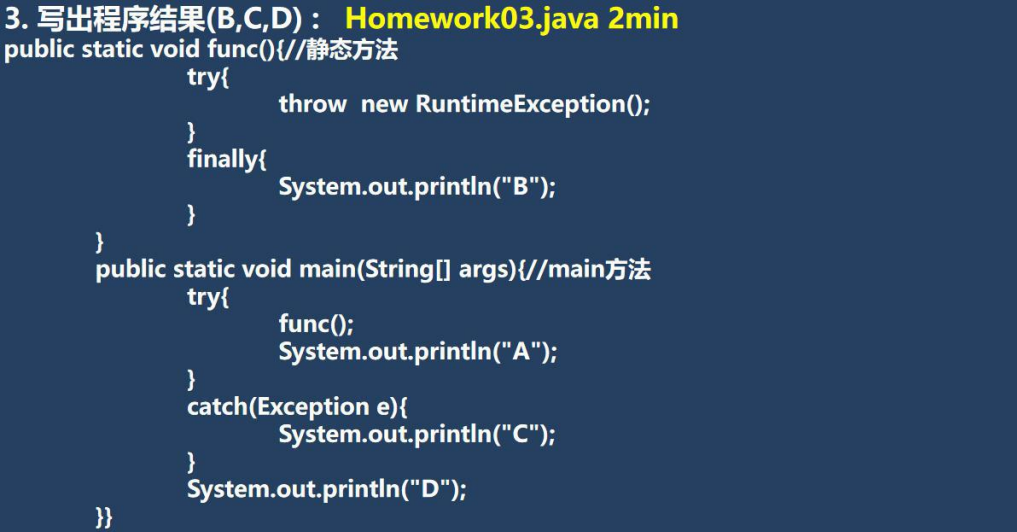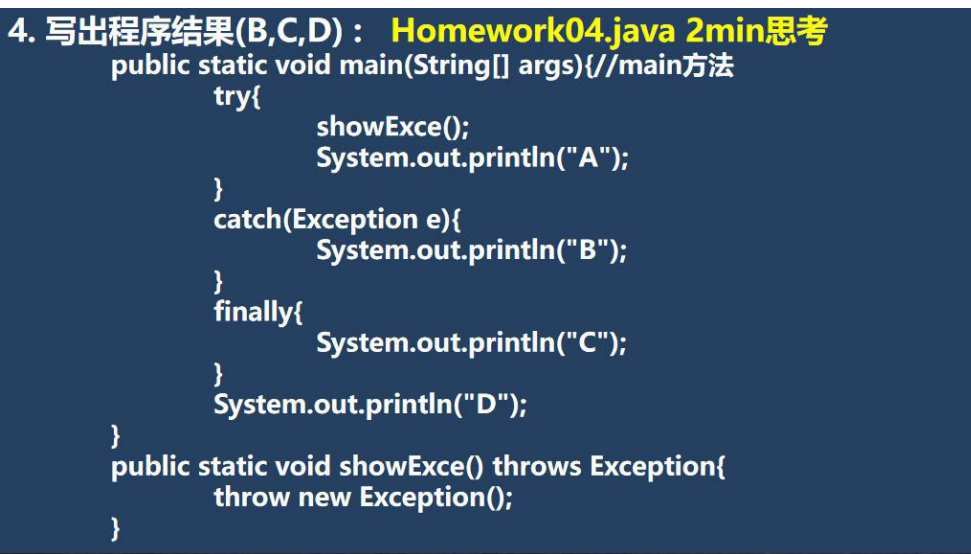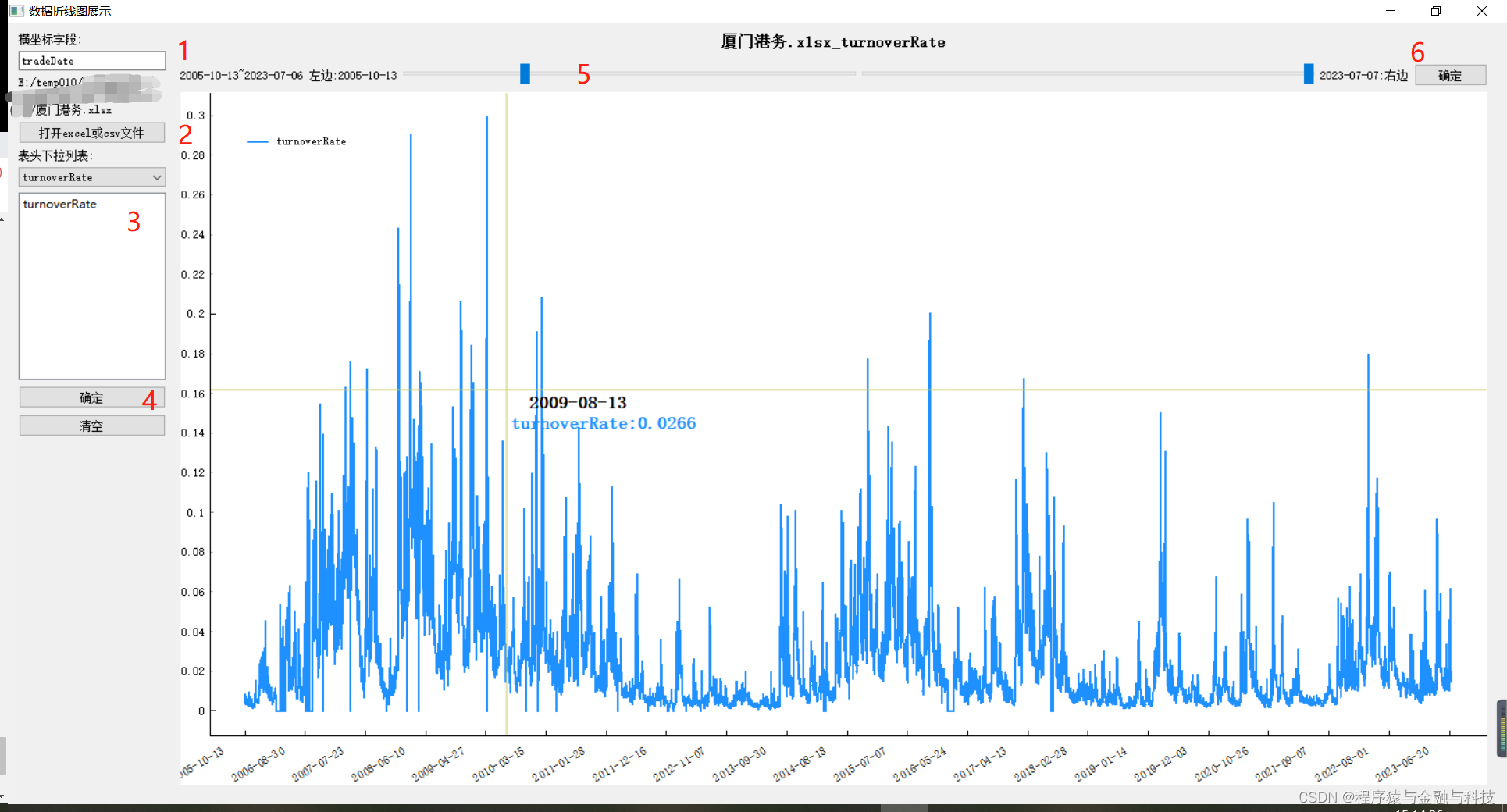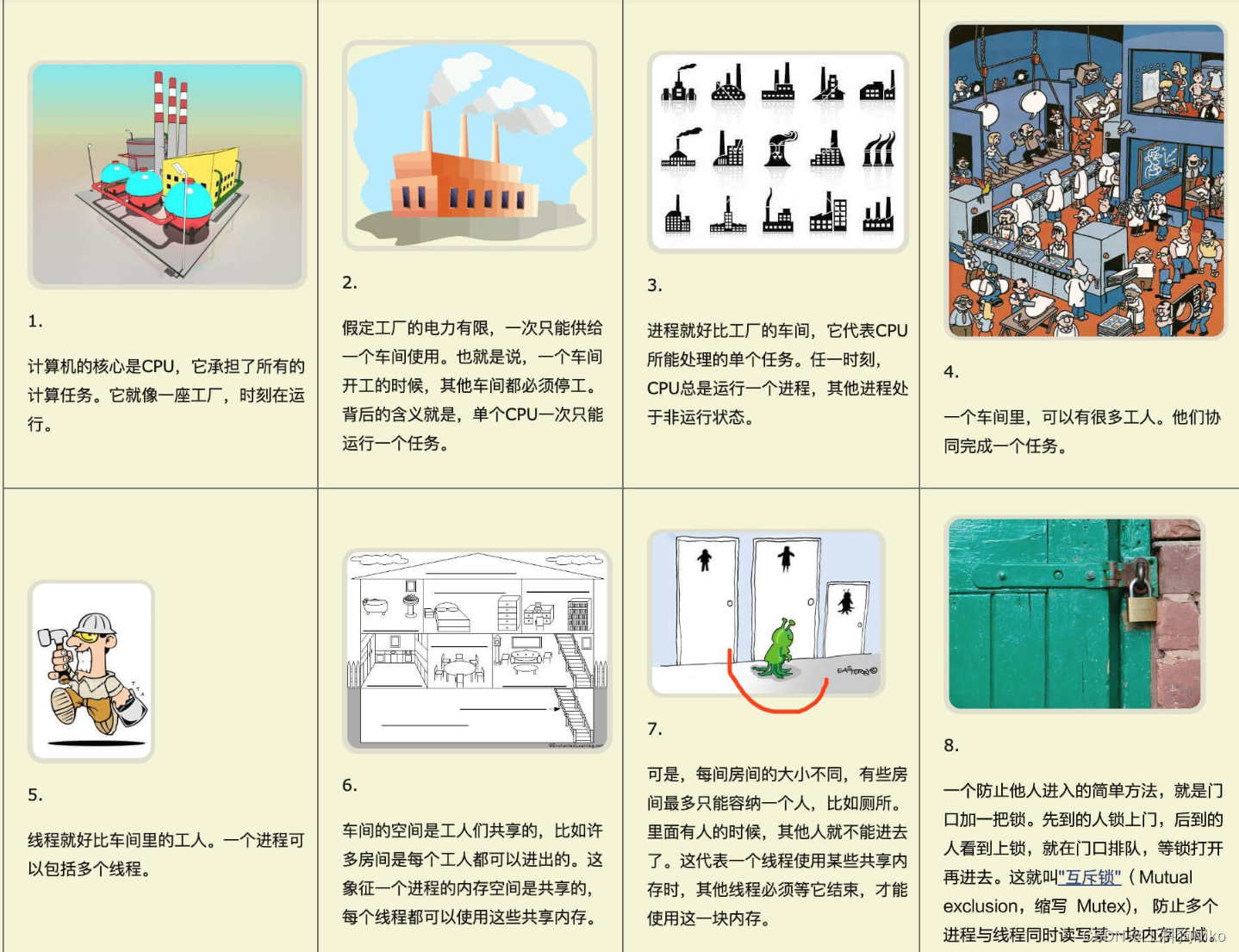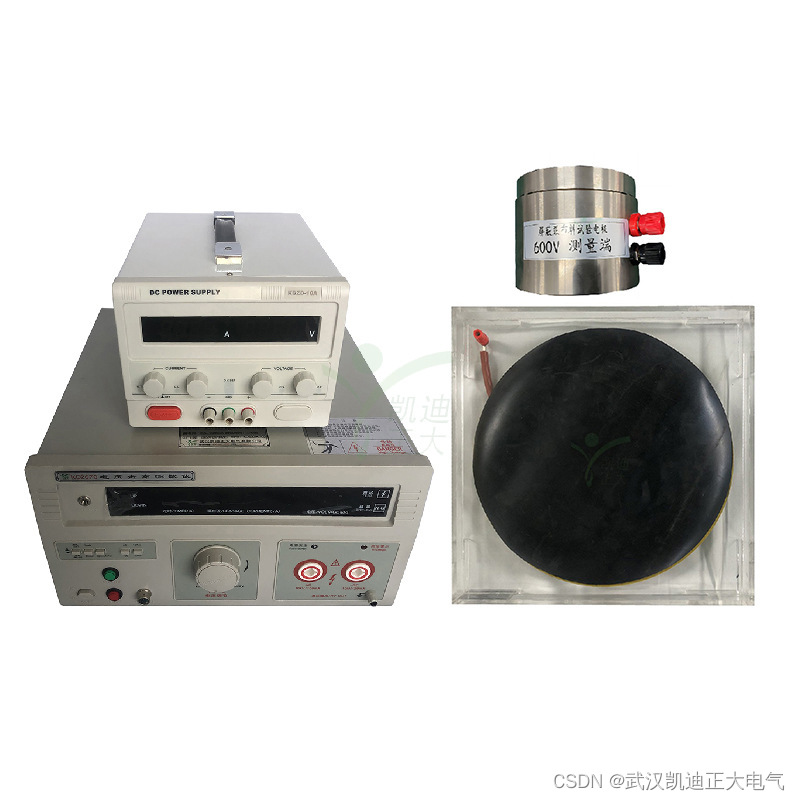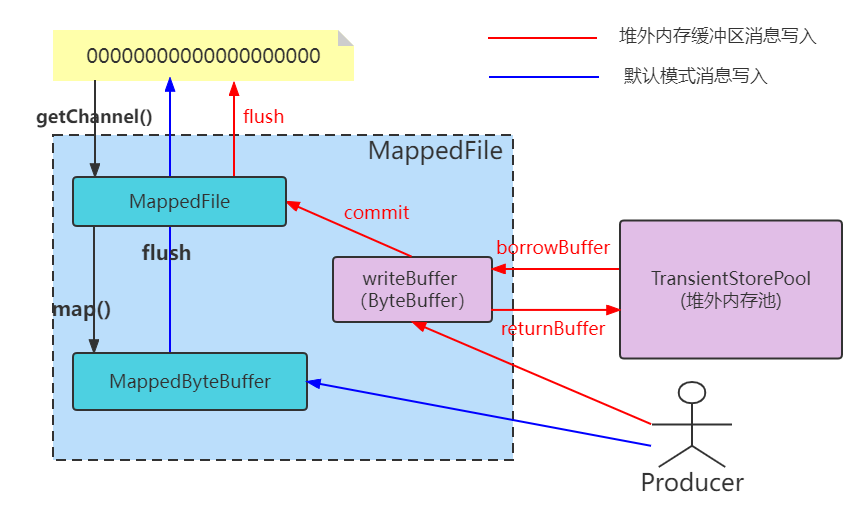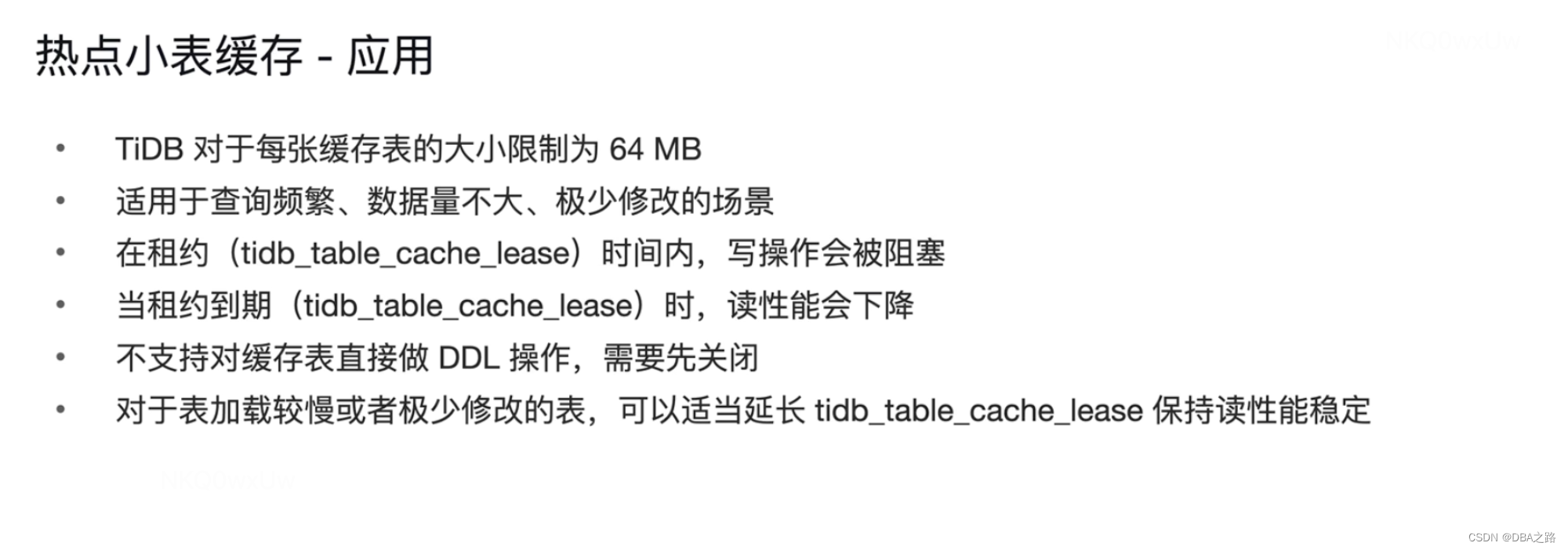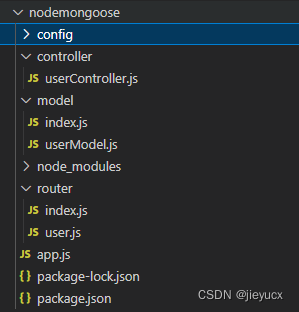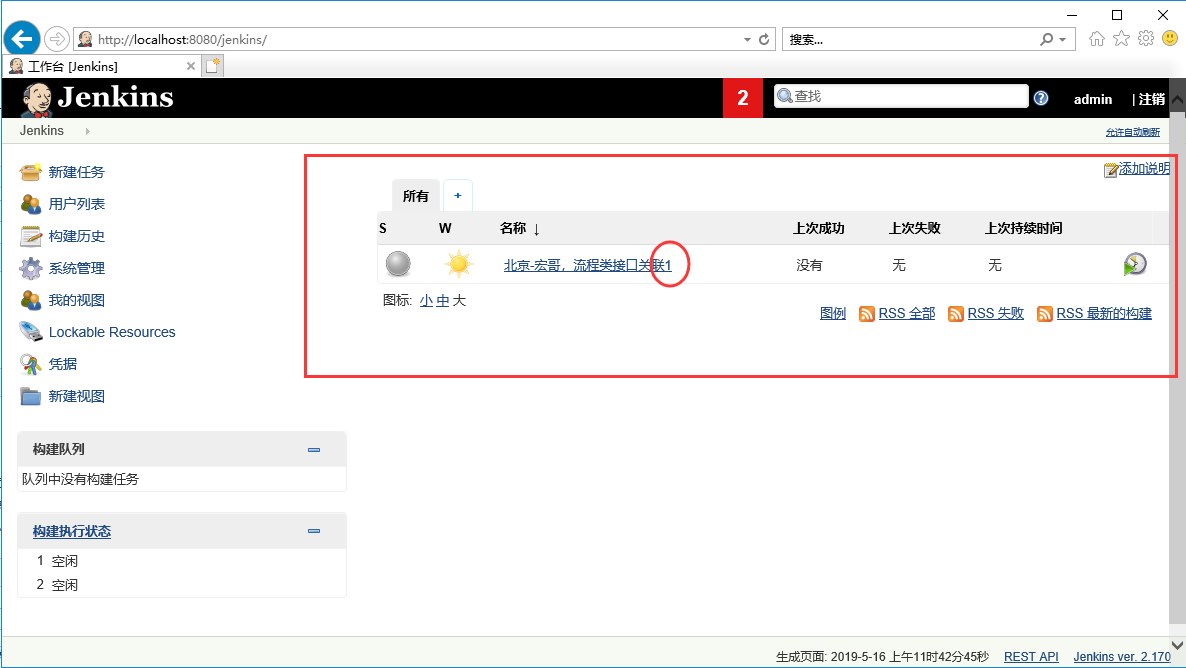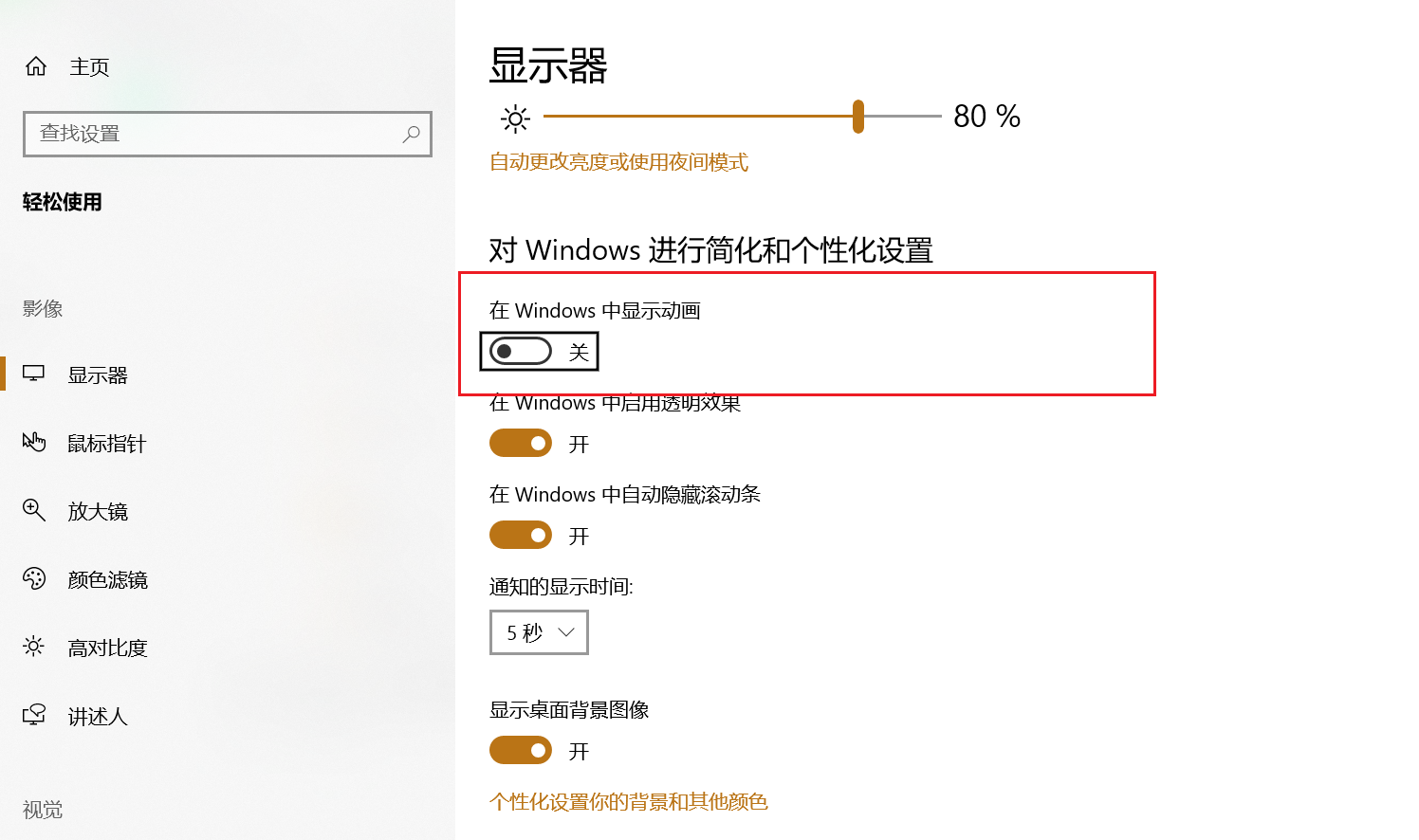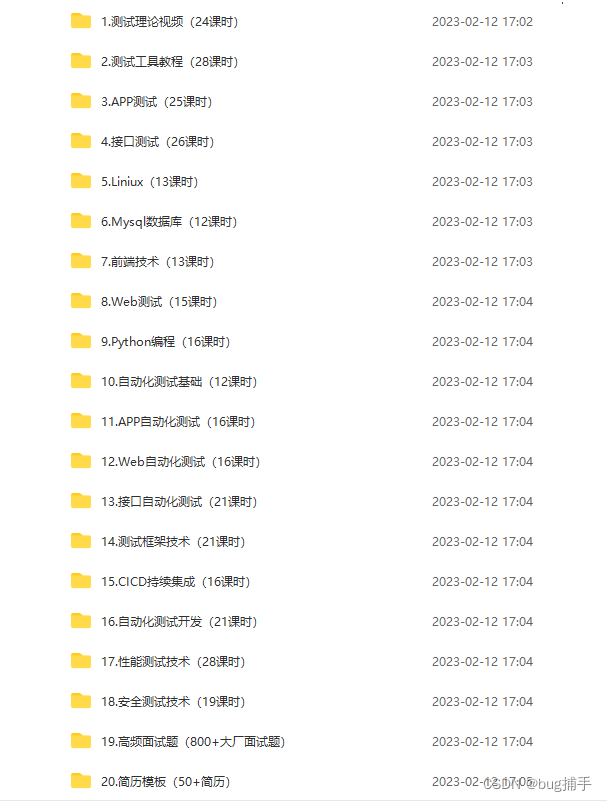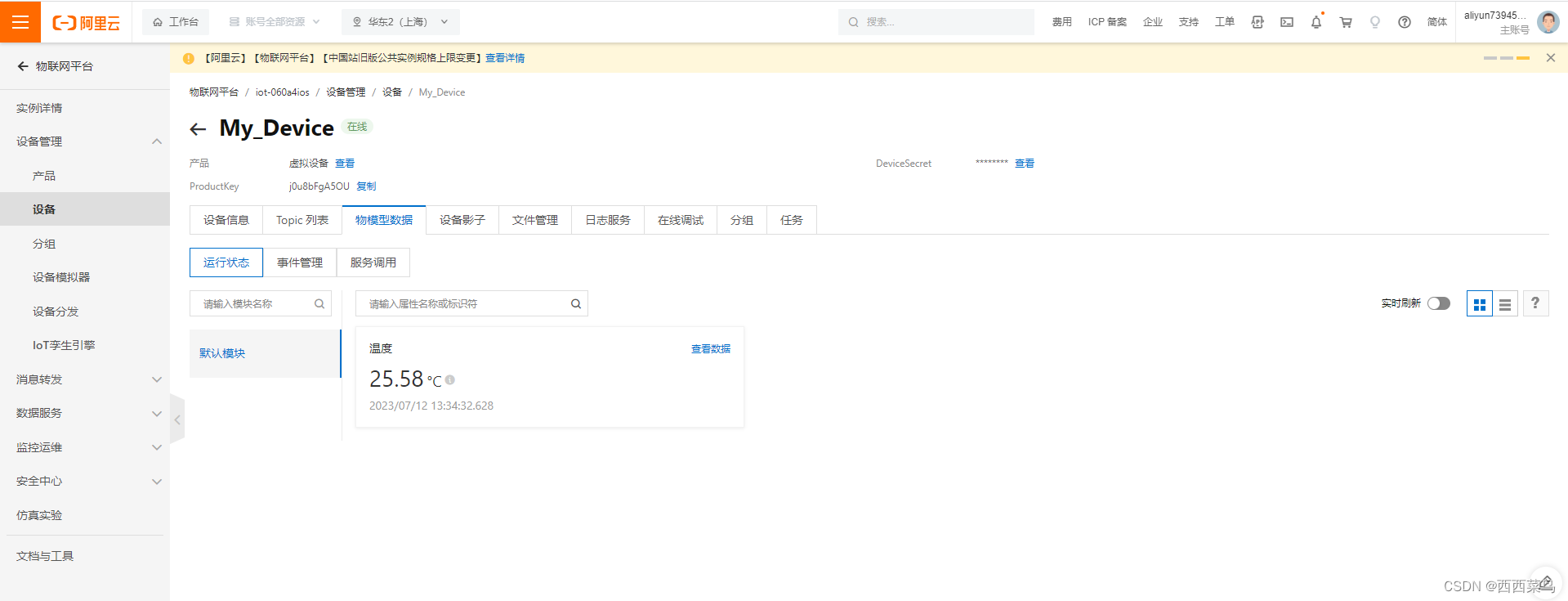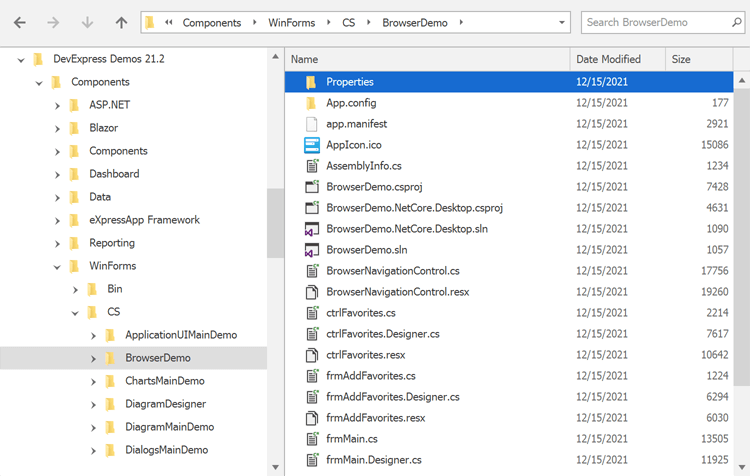异常处理
- 1.1异常概念
- 1.2 编译异常
- 1.3 异常处理的方式
- 2.1 try-catch
- 2.2 throws
- 2.3 throw(自定义异常)
1.1异常概念
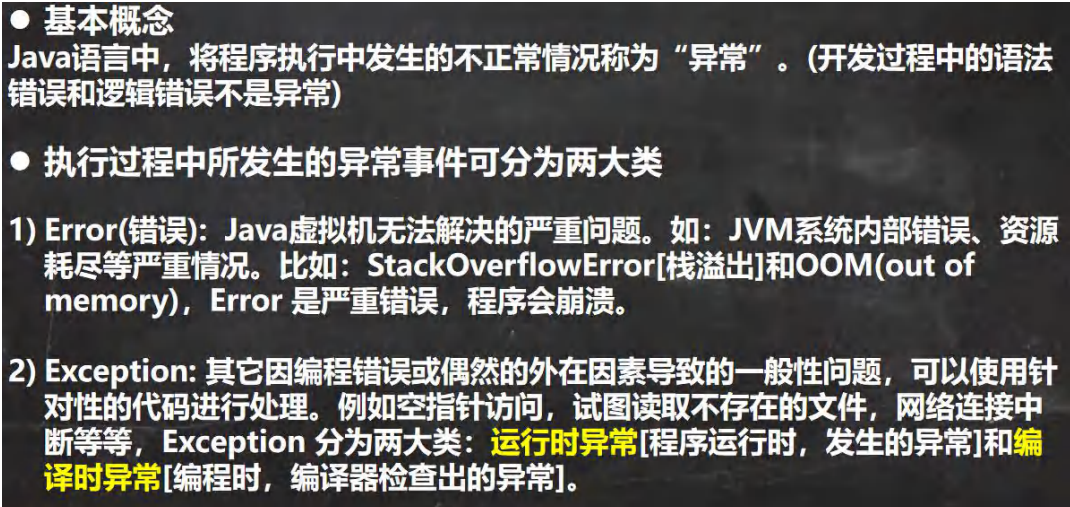


常见的运行时异常包括
- NullPointerException 空指针异常
String name = null;
System.out.println(name. Length());
- ArithmeticException 数学运算异常
int num1 = 10;
int num2 = 0;//Scanner();
try {
int res = num1 / num2;
} catch (Exception e) {
//e.printStackTrace();
System.out.println("出现异常的原因=" + e.getMessage());//输出异常信息
}
System.out.println("程序继续运行....");
- ArrayIndexOutOfBoundsException 数组下标越界异常
int[] arr = {1,2,4};
for (int i = 0; i <= arr.length; i++) {
System.out.println(arr[i]);
}
- ClassCastException 类型转换异常
A b = new B(); //向上转型
B b2 = (B)b;//向下转型,这里是OK
C c2 = (C)b;//这里抛出ClassCastException
class A {}
class B extends A {}
class C extends A {}
- NumberFormatException 数字格式不正确异常
String name = "WYT";
//将String 转成 int
int num = Integer.parseInt(name);
System.out.println(num);
1.2 编译异常

练习
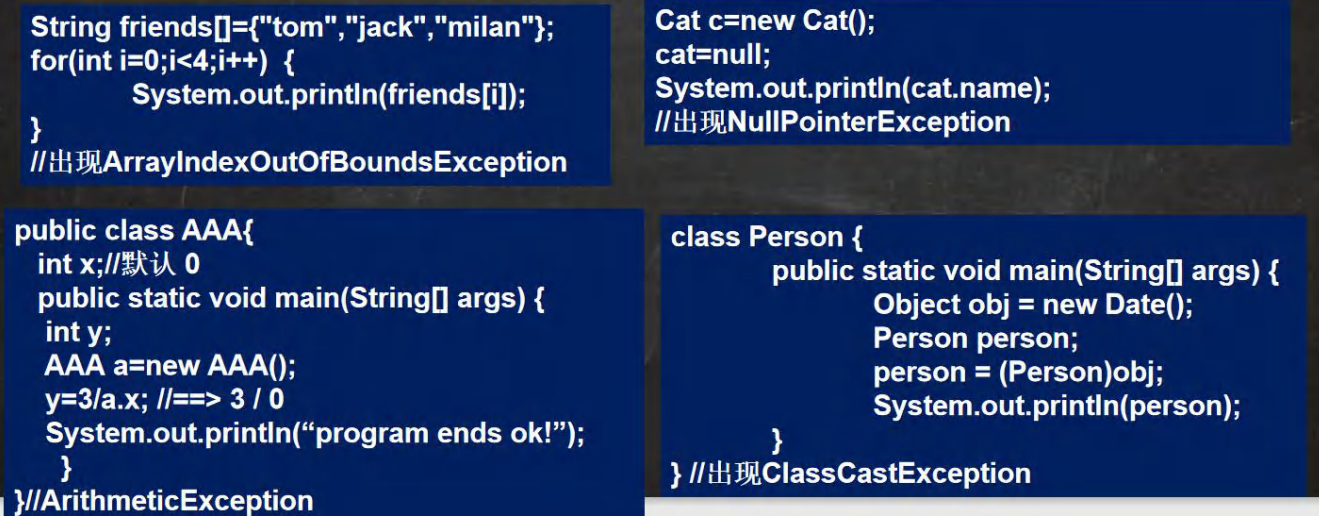
1.3 异常处理的方式

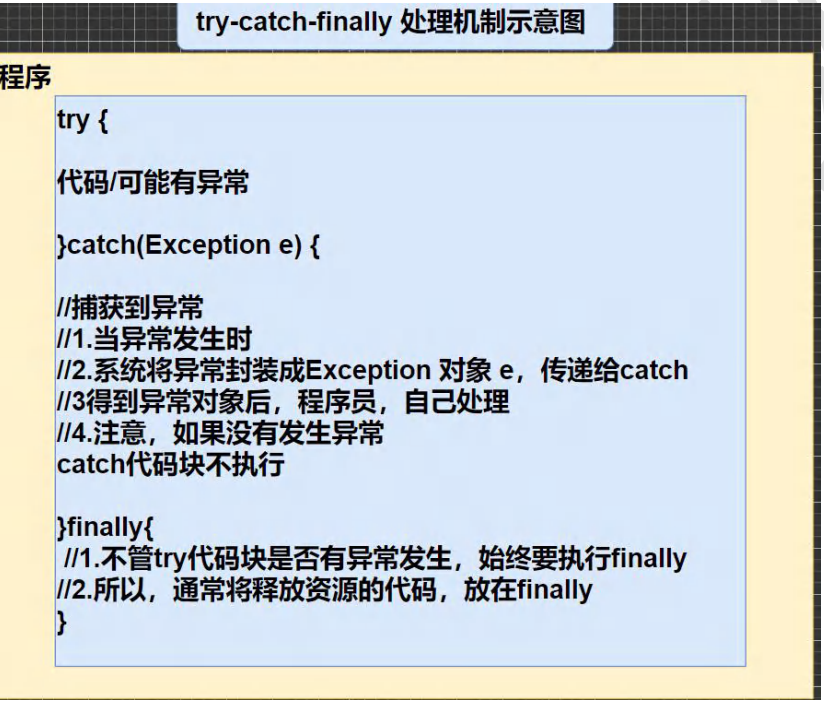
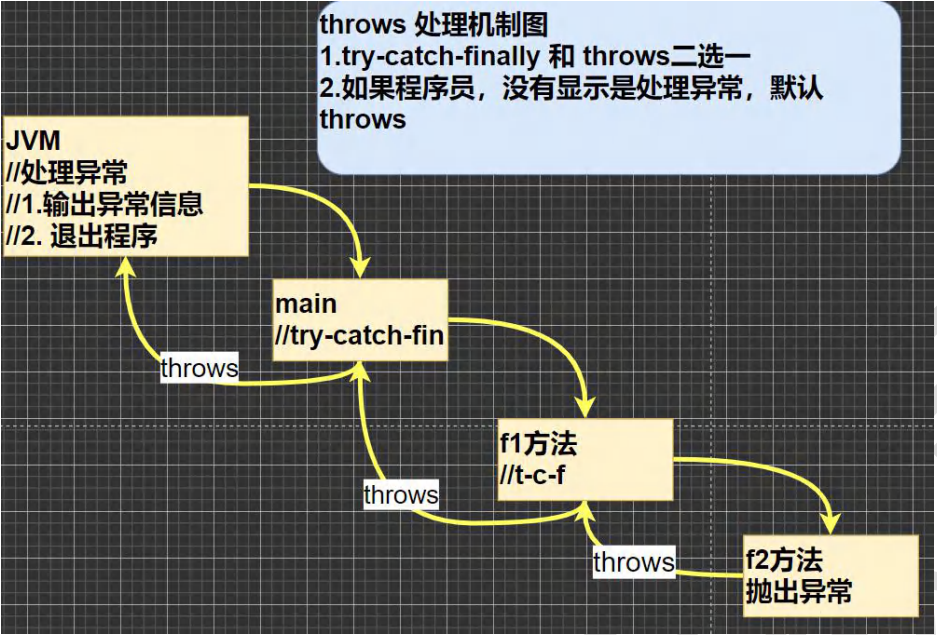
2.1 try-catch
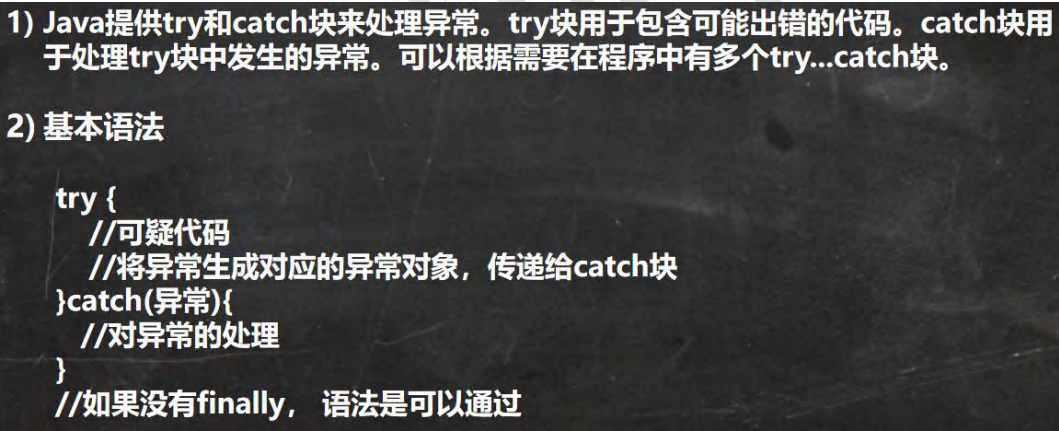
- 如果异常发生了,则异常发生后面的代码不会执行,直接进入到catch块
try {
String str = "str";
int a = Integer.parseInt(str);
System.out.println("数字:" + a);
} catch (NumberFormatException e) {
System.out.println("异常信息=" + e.getMessage());
}
System.out.println("程序继续...");

- 如果异常没有发生,则顺序执行try的代码块,不会进入到catch
try {
String str = "123";
int a = Integer.parseInt(str);
System.out.println("数字:" + a);
} catch (NumberFormatException e) {
System.out.println("异常信息=" + e.getMessage());
}
System.out.println("程序继续...");

- 如果希望不管是否发生异常,都执行某段代码(比如关闭连接,释放资源等)则使用如下代码- finally
try {
String str = "str";
int a = Integer.parseInt(str);
System.out.println("数字:" + a);
} catch (NumberFormatException e) {
System.out.println("异常信息=" + e.getMessage());
} finally {
System.out.println("finally代码块被执行...");
}
System.out.println("程序继续...");

4.如果try代码块有可能有多个异常
5.可以使用多个catch 分别捕获不同的异常,相应处理
6.要求子类异常写在前面,父类异常写在后面
public class try02 {
public static void main(String[] args) {
//1.如果try代码块有可能有多个异常
//2.可以使用多个catch 分别捕获不同的异常,相应处理
//3.要求子类异常写在前面,父类异常写在后面
try {
Person person = new Person();
person = null;
System.out.println(person.getName());
int n1 = 10;
int n2 = 0;
int r = n1 / n2;
System.out.println(r);
} catch (NullPointerException e) {
System.out.println("空指针异常" + e.getMessage());
} catch (ArithmeticException e) {
System.out.println("算术异常" + e.getMessage());
} catch (Exception e) {
System.out.println(e.getMessage());
}
}
}
class Person {
private String name = "jack";
public String getName() {
return name;
}
}

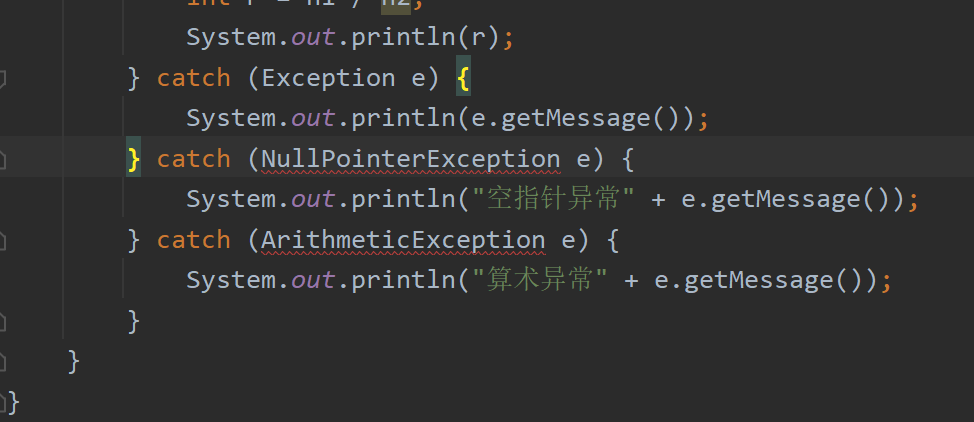
都被Exception异常捕获掉了,后面子类异常自然也捕获不到异常了
7.可以进行 try-finally 配合使用, 这种用法相当于没有捕获异常,
因此程序会直接崩掉/退出。应用场景,就是执行一段代码,不管是否发生异常,
都必须执行某个业务逻辑
try {
int n1 = 10;
int n2 = 0;
System.out.println(n1 / n2);
} finally {
System.out.println("finally...");
}
System.out.println("退出了程序");

出现异常后进入到finally直接退出程序,没有打印最后的信息
这里相当于main方法没有处理异常,直接throws给了JVM,JVM直接打印异常信息
练习
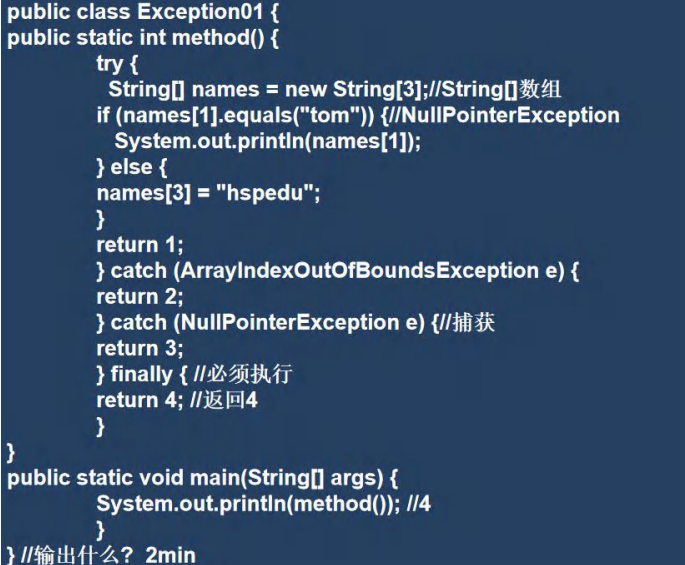
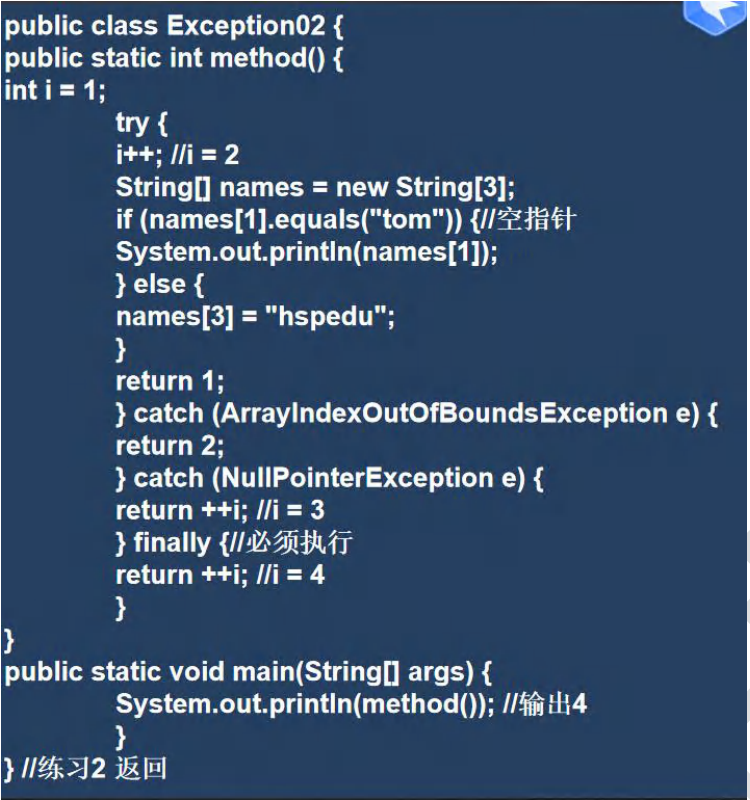

键盘输入,必须输入整数,否则无限循环
Scanner scanner = new Scanner(System.in);
int i = 0;
while (true) {
System.out.println("请输入:");
String str = scanner.next();
// 可能发生异常的代码
try {
i = Integer.parseInt(str);
break;
} catch (Exception e) {
System.out.println("请输入一个整数!");
}
}
System.out.println(i);
小结

2.2 throws

public class Throws01 {
public static void main(String[] args) {
}
public void f2() throws FileNotFoundException,NullPointerException,ArithmeticException {
//创建了一个文件流对象
//1. 这里的异常是一个FileNotFoundException 编译异常
//2. 使用前面讲过的 try-catch-finally
//3. 使用throws ,抛出异常, 让调用f2方法的调用者(方法)处理
//4. throws后面的异常类型可以是方法中产生的异常类型,也可以是它的父类
//5. throws 关键字后也可以是 异常列表, 即可以抛出多个异常
FileInputStream fis = new FileInputStream("d://aa.txt");
}
}
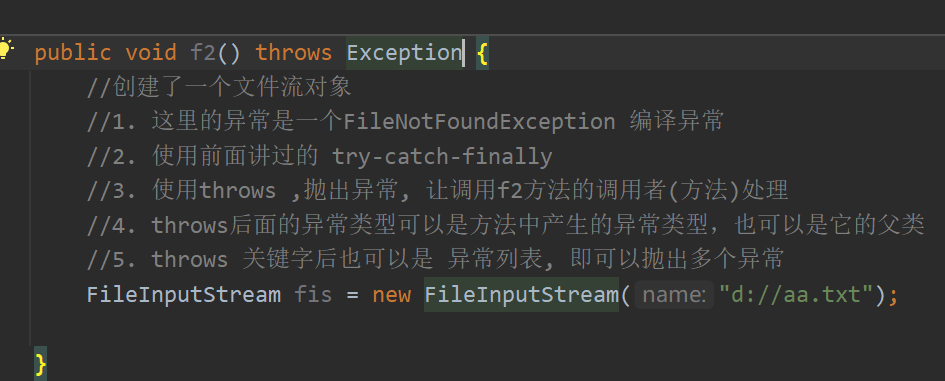

public class ThrowsDetail {
public static void main(String[] args) /*throws ArithmeticException*/{
f2();
}
}
public static void f2() /*throws ArithmeticException*/ {
//1.对于编译异常,程序中必须处理,比如 try-catch 或者 throws
//2.对于运行时异常,程序中如果没有处理,默认就是throws的方式处理
int n1 = 10;
int n2 = 0;
double res = n1 / n2;
}
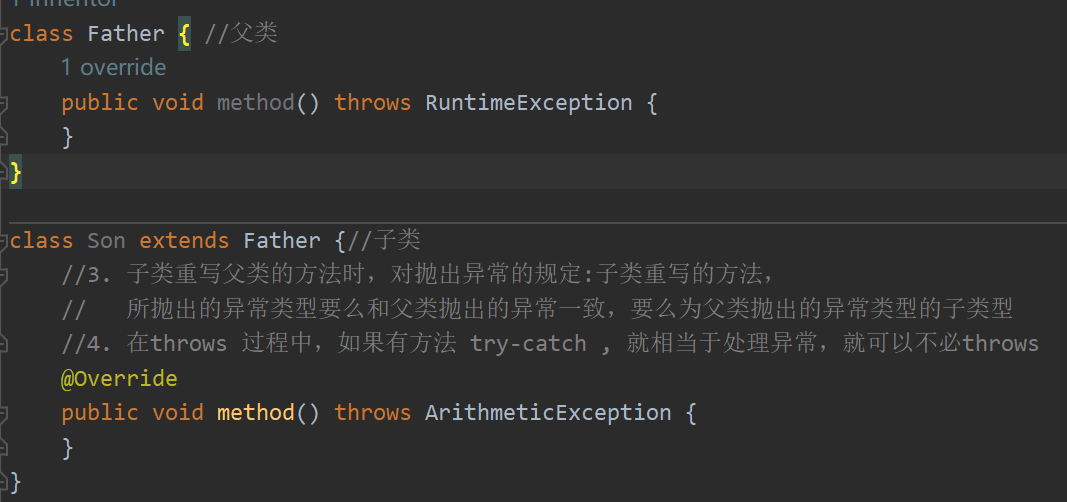
编译时异常
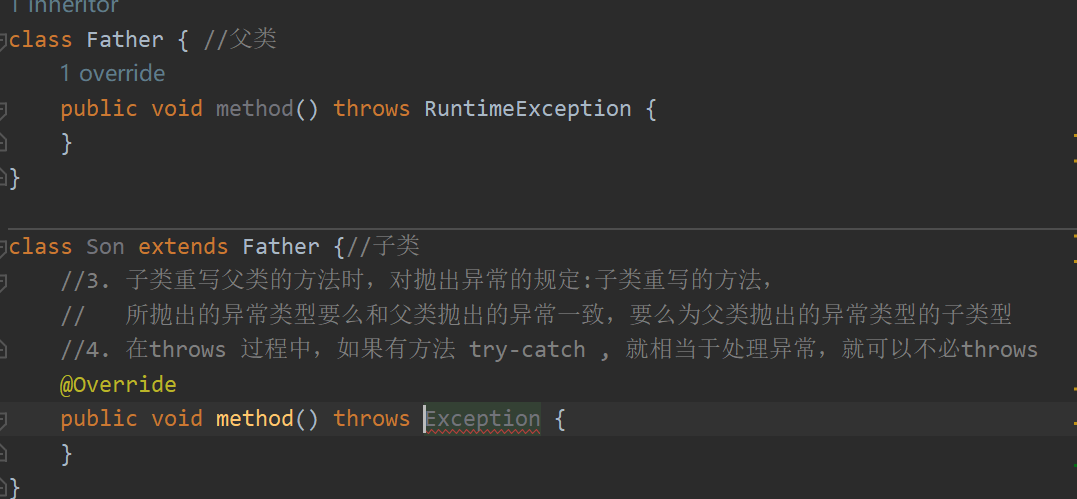
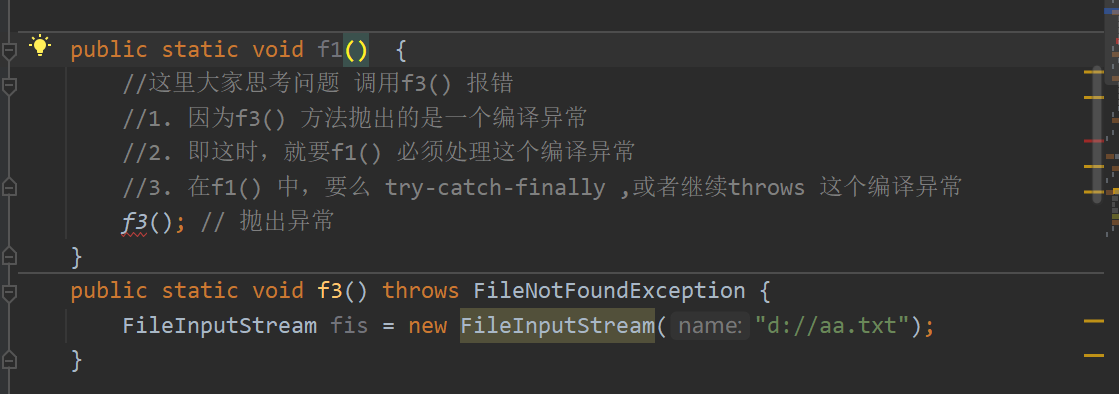
这里f1()调用f3()方法,f3是编译型异常,必须由程序员显式的处理,否则会报错
运行时异常
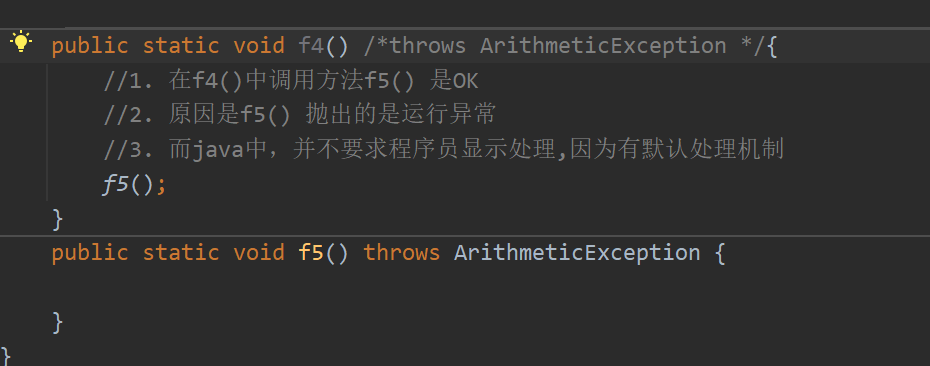
2.3 throw(自定义异常)


public class CustomException01 {
public static void main(String[] args) /*throws AgeException*/{
int age = 100;
if (!(age>=60 && age<=180)){
throw new AgeException("年龄错误");
}
System.out.println(age);
}
}
class AgeException extends RuntimeException{
public AgeException(String message) {
super(message);
}
}
// 如果时Exception(编译时异常),就要显式的处理,很不方便
//class AgeException extends Exception{
// public AgeException(String message) {
// super(message);
// }
//}
throw和throws的区别

Exercise